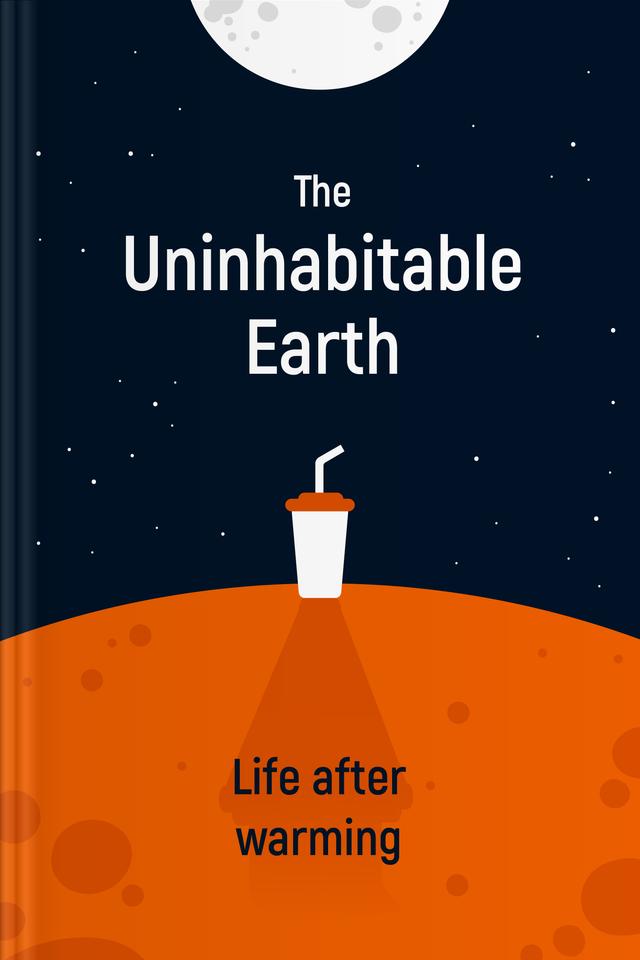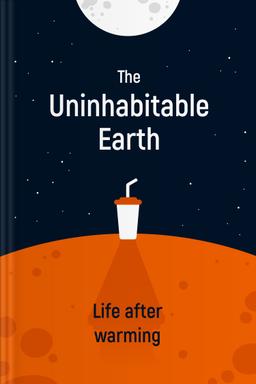You’ll learn
- Unexpected results of climate change
- Why green energy and carbon capture aren't a panacea
- Correlation between heat and Gulf Stream speed
- How biases stop humanity from taking action
russia has launched a full-scale war in Ukraine. Donate to support Ukraine and protect the world’s peace.

first KEY POINT
People have set foot on the moon, explored the deepest seabed, and created artificial intelligence. Yet, despite all these achievements, the phrase “human is a conqueror of nature” starts to sound ridiculous. International agreements are telling illustrations of losing our positions.Kyoto Protocol (1997) stated that we should prevent two degrees Celsius temperature rise at all costs to save the planet from extreme heat, inundation, and shocking natural disasters. As our emissions continued to increase, two degrees became the Paris Agreement's aim in 2016. Now we resign to the fact that this rise is an optimistic scenario.
We see the consequences not only on paper. Numerous hurricanes, droughts, and wildfires show us who the boss is. The effects of global warming will influence everyone. Climate refugees will launch social instability even if natural disasters steer clear of our region. According to the United Nations, we will have 200 million refugees by the middle of the century.It's easy to say that it's all down to nature, but this belief shuts down the opportunities to tackle the problem. Admitting our mistakes is an unpleasant but vital step.
Now, we should decrease our carbon emissions by 10% annually. In a decade, a 30% decline would be necessary. It means we live at breaking point. Are you ready to take your share of the responsibility in preventing the catastrophe? It requires a deep understanding of the challenge, and this summary will provide it.
second KEY POINT
The most mentioned result of global warming is probably ice melting. The speed of this process is challenging to calculate since it may be the fastest rate in the last 66 million years. Moreover, it's increasing.

Continue reading with Headway app
Continue readingfirst KEY POINT
second KEY POINT
third KEY POINT
fourth KEY POINT
fifth KEY POINT
sixth KEY POINT